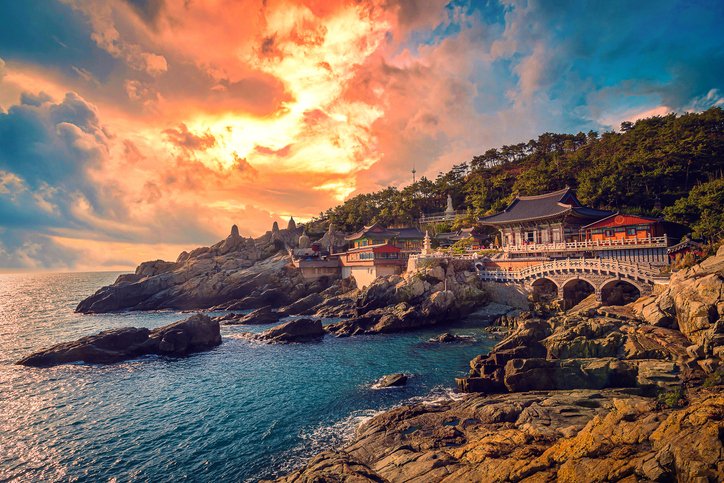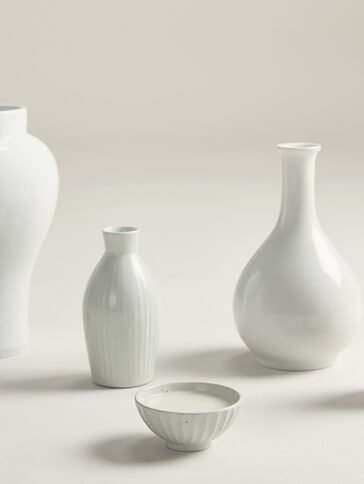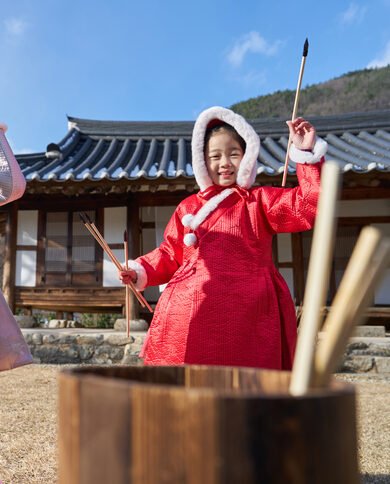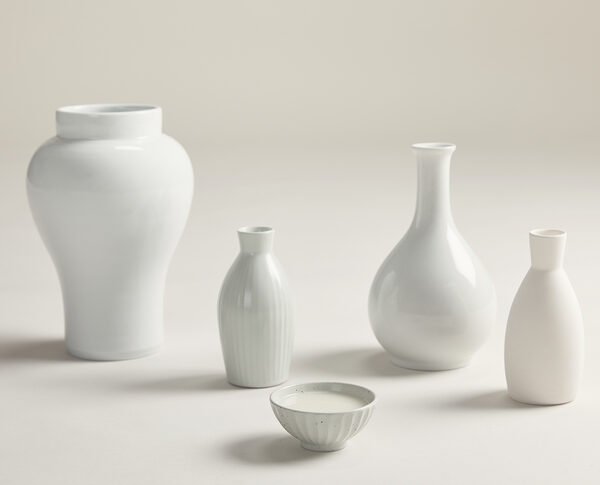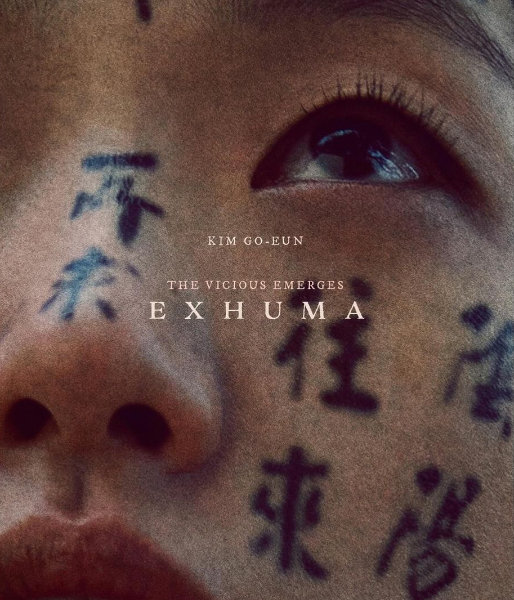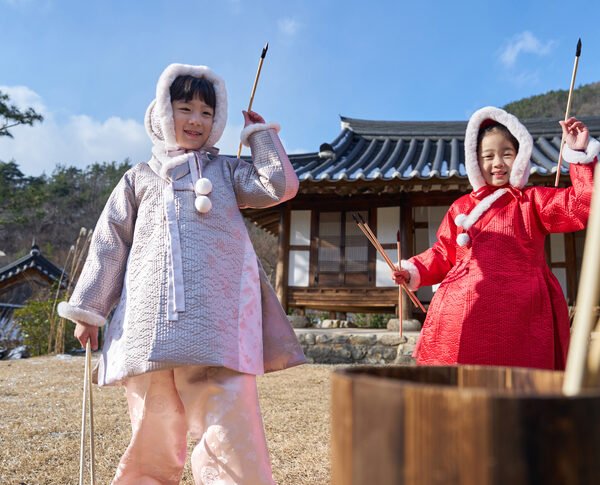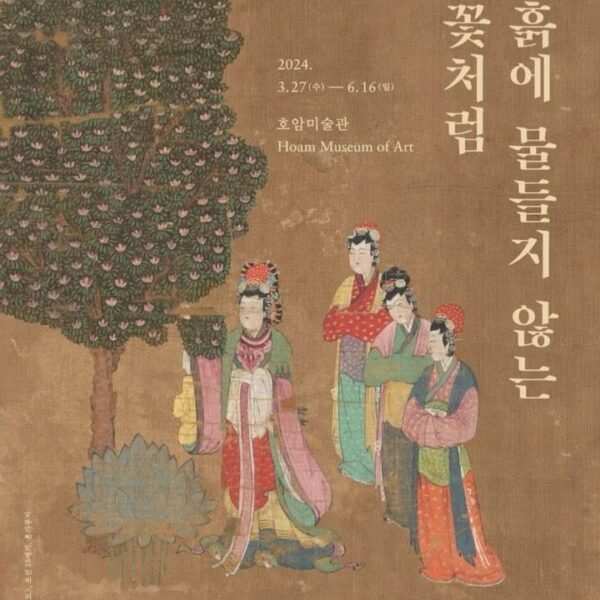Imagine being a foreign traveler eager to explore the vibrant beauty of South Korea, and you stumble upon the bustling city of Busan. As a travel blogger dedicated to showcasing the wonders of Korea to a global audience, let me be your guide to the top 10 must-visit attractions in Busan. From pristine beaches to cultural gems, Busan offers a diverse array of experiences that will leave any traveler in awe.
Busan’s Top 10 Must-Visit Gems: A Traveler’s Guide 1
1. Busan – Haeundae Beach: Where Sun Meets Sand
Busan, South Korea, a city adorned with captivating landmarks, holds a treasure along its coastline – the illustrious Haeundae Beach. Nestled between azure waters and golden sands, Haeundae stands as a testament to the perfect harmony of nature’s beauty and urban allure.
A Coastal Oasis
Haeundae’s Charm: The moment you step onto Haeundae Beach, you’re greeted by a panorama of serenity. The rhythmic sounds of waves, the soft touch of fine sand, and the refreshing sea breeze create an immediate sense of tranquility.
Golden Sands and Crystal Waters: Stretching over a kilometer, Haeundae’s beachfront is a haven for beach lovers. The fine, golden sand is perfect for lounging or engaging in beachside activities. Whether you’re sunbathing or building sandcastles, the beach offers a canvas for relaxation and play.
Activities for Every Taste
Water Adventures: For the adventurous souls, Haeundae Beach provides an array of water activities. From jet skiing to paddleboarding, the crystal-clear waters invite you to dive into excitement. Rentals are available along the shore, ensuring you make the most of your beach experience.
Beachfront Cafes and Restaurants: Take a leisurely stroll along the promenade, and you’ll encounter a variety of beachfront cafes and restaurants. Indulge in Korean delicacies or international cuisines while enjoying panoramic views of the coastline. The vibrant atmosphere adds an extra layer of enjoyment to your dining experience.
Events and Festivals
Haeundae Sand Festival: One of the highlights of Haeundae Beach is the annual Sand Festival. Witness artists from around the world showcasing their sand sculpting skills, transforming the beach into a temporary art gallery. The festival is a celebration of creativity and draws visitors from near and far.
Fireworks Extravaganza: During the summer, Haeundae hosts breathtaking fireworks displays. The night sky comes alive with vibrant colors, reflecting over the water. It’s a mesmerizing experience that adds a touch of magic to your evening at the beach.
Practical Information
Access: Haeundae Beach is easily accessible via public transportation, including buses and the subway. Taxis are also readily available for a convenient commute.
Best Time to Visit: While Haeundae is enchanting throughout the year, the summer months (June to August) are particularly popular. The warmer weather allows for a full range of beach activities, and you can bask in the lively atmosphere.
In conclusion, Haeundae Beach isn’t just a destination; it’s an experience. Whether you seek relaxation, adventure, or a taste of local culture, Haeundae offers it all. As the sun dips below the horizon, casting a warm glow over the beach, you’ll realize that Haeundae is not just a place; it’s a memory etched in the sands of time.

2. Busan – Gamcheon Culture Village: A Kaleidoscope of Colors
Nestled on the slopes of Saha-gu in Busan, South Korea, Gamcheon Culture Village stands as a living testament to the city’s artistic spirit and vibrant history. This enchanting village, often dubbed as the “Machu Picchu of Busan,” is a kaleidoscope of colors, creativity, and cultural significance.
A Burst of Colors
Artistic Facades: The defining feature of Gamcheon Culture Village is its vividly painted houses, each telling a unique story. As you wind your way through narrow alleyways, you’ll encounter an explosion of colors – from radiant blues and pinks to deep yellows and greens. The residents’ commitment to transforming their homes into works of art creates a visually stunning panorama.
Street Art Galore: Every corner of Gamcheon is adorned with street art, murals, and sculptures. Talented local and international artists have contributed to the village’s open-air gallery, turning it into a haven for art enthusiasts and photographers. The art not only beautifies the surroundings but also narrates the history and culture of the community.
Cultural Significance
History in Every Corner: Gamcheon Culture Village has a rich history dating back to the Korean War. In the 1950s, refugees fleeing the conflict settled in this area, creating a tight-knit community. Over the years, efforts to revitalize the village have transformed it into the artistic haven it is today, while preserving its historical roots.
Landmarks and Museums: Explore landmarks like the Little Prince Statue and visit the numerous art galleries and museums scattered throughout the village. These spaces showcase the creativity of both local and international artists, adding depth to the cultural experience of Gamcheon.
Visitor Experience
Interactive Map and Trails: To make the most of your visit, utilize the village’s interactive map, guiding you through the labyrinth of streets and artworks. Follow themed trails, such as the “Artists’ Trail” or the “Little Prince Trail,” each offering a unique perspective on the village’s artistic and cultural offerings.
Local Shops and Cafes: As you explore, take the time to visit local shops and cafes. You’ll find handmade crafts, souvenirs, and delightful treats. The friendly locals add a warm touch to your experience, making you feel like a welcomed guest in their creative haven.
Practical Tips
Getting There: Gamcheon Culture Village is easily accessible by public transportation, including buses and the subway. Taxis are also a convenient option.
Best Time to Visit: While Gamcheon is charming year-round, consider visiting during the weekdays to avoid crowds. The morning or late afternoon provides optimal lighting for photography enthusiasts.
In conclusion, Gamcheon Culture Village is a symphony of colors, history, and creativity that resonates with every visitor. Whether you’re an art lover, a history buff, or someone seeking a unique cultural experience, Gamcheon welcomes you with open arms. As you wander through its maze of colors, you’ll discover that Gamcheon isn’t just a village; it’s a living canvas that invites you to explore, appreciate, and be inspired.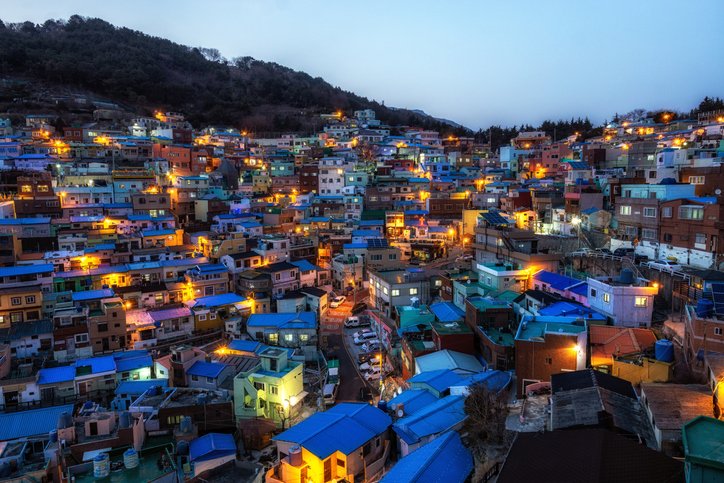
3. Busan – Jagalchi Fish Market: Seafood Extravaganza
4. Busan – Beomeosa Temple: Tranquility in the Mountains

5. Busan – Haedong Yonggungsa Temple: A Seaside Sanctuary
